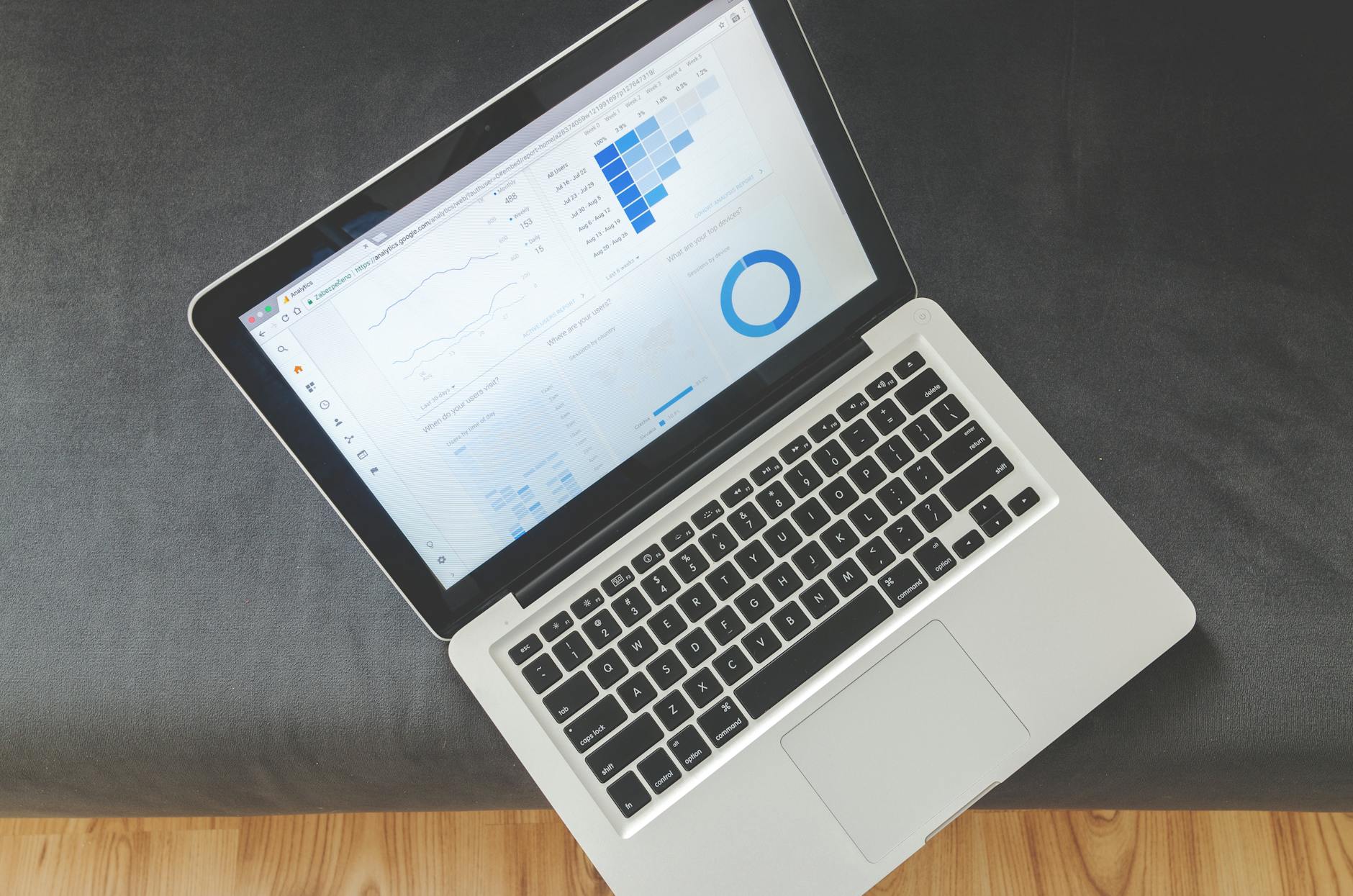Key Trends in Data Analytics and Financial Reporting for Business Intelligence
Key trends in data analytics and financial reporting for business intelligence are shaping how organizations extract insights and make informed decisions. As businesses handle increasing volumes of data, integrating advanced analytics into financial reporting helps leaders understand performance, anticipate risks, and identify growth opportunities. This article explores contemporary trends driving these transformations, focusing on technological innovations, real-time data integration, automation, and enhanced visualization techniques. Understanding these trends allows companies to optimize their business intelligence strategies, improve accuracy, and accelerate decision-making processes in a highly competitive environment.
Integration of advanced analytics and AI
One of the most significant trends in data analytics and financial reporting is the growing use of artificial intelligence (AI) and advanced analytics techniques. Machine learning algorithms can now process complex financial datasets to detect patterns, predict future outcomes, and automate tasks such as anomaly detection or risk assessment. This approach not only increases accuracy but also reduces the time required to generate reports.
For example, predictive analytics help forecast cash flows and market trends, allowing companies to adjust strategies proactively. AI-driven analytics further enhance financial reporting by enabling natural language generation, which converts data insights into readable narratives, making reports easier for non-experts to interpret.
Real-time data integration for dynamic reporting
The demand for real-time data has led to the adoption of systems that integrate data from multiple sources instantly. Traditional financial reporting often relied on periodic updates, creating delays that could hinder decision-making. With real-time data integration, businesses gain continuous visibility into financial metrics.
This dynamic reporting enables executives to monitor operational performance constantly and respond swiftly to fluctuations or emerging issues. Technologies such as cloud data warehouses and streaming data platforms support this trend, ensuring data accuracy and currency. Real-time insights enhance agility in competitive markets and help in compliance with regulatory reporting requirements.
Automation to streamline reporting processes
Automation plays a pivotal role in transforming financial reporting by minimizing manual input, reducing errors, and speeding up report generation. Robotic process automation (RPA) and intelligent process automation (IPA) tools automate repetitive tasks such as data collection, reconciliation, and validation.
Besides efficiency gains, automation supports scalability, allowing finance teams to focus more on strategic analysis rather than administrative duties. Automated workflows improve consistency and auditability, which are crucial for regulatory compliance and internal governance.
Enhanced data visualization and storytelling
As the complexity of financial data grows, so does the need to present it clearly and effectively. Modern business intelligence tools emphasize advanced visualization techniques—interactive dashboards, heat maps, and trend lines—that help stakeholders quickly grasp key insights.
Moreover, storytelling with data allows financial analysts to frame findings within the context of business objectives, making the reports more actionable. Integrated visuals paired with narrative explanations enable better communication between finance teams and decision-makers, fostering data-driven cultures.
| Trend | Benefits | Technologies involved |
|---|---|---|
| Advanced analytics and AI | Improved accuracy, predictive insights, automated reporting | Machine learning, natural language generation |
| Real-time data integration | Continuous visibility, timely decisions, compliance support | Cloud data warehouses, streaming platforms |
| Automation | Reduced manual effort, fewer errors, faster processing | Robotic process automation, intelligent process automation |
| Data visualization and storytelling | Clear communication, actionable reports, stakeholder engagement | Interactive dashboards, visualization software |
In summary, the intersection of data analytics and financial reporting is driving innovation in business intelligence, enabling companies to harness data more effectively. By embracing advanced analytics and AI, organizations gain deeper predictive insights and automation capabilities that reduce manual workloads. Real-time data integration enhances agility through up-to-date information, while improved visualization techniques ensure that findings resonate throughout the organization. These trends collectively contribute to faster, more accurate, and strategically valuable financial reporting processes. As businesses continue to navigate complex markets, leveraging these evolving tools is essential to maintaining a competitive advantage and supporting data-driven decision-making frameworks.
Image by: Lukas
https://www.pexels.com/@goumbik
editor's pick
latest video
news via inbox
Nulla turp dis cursus. Integer liberos euismod pretium faucibua


